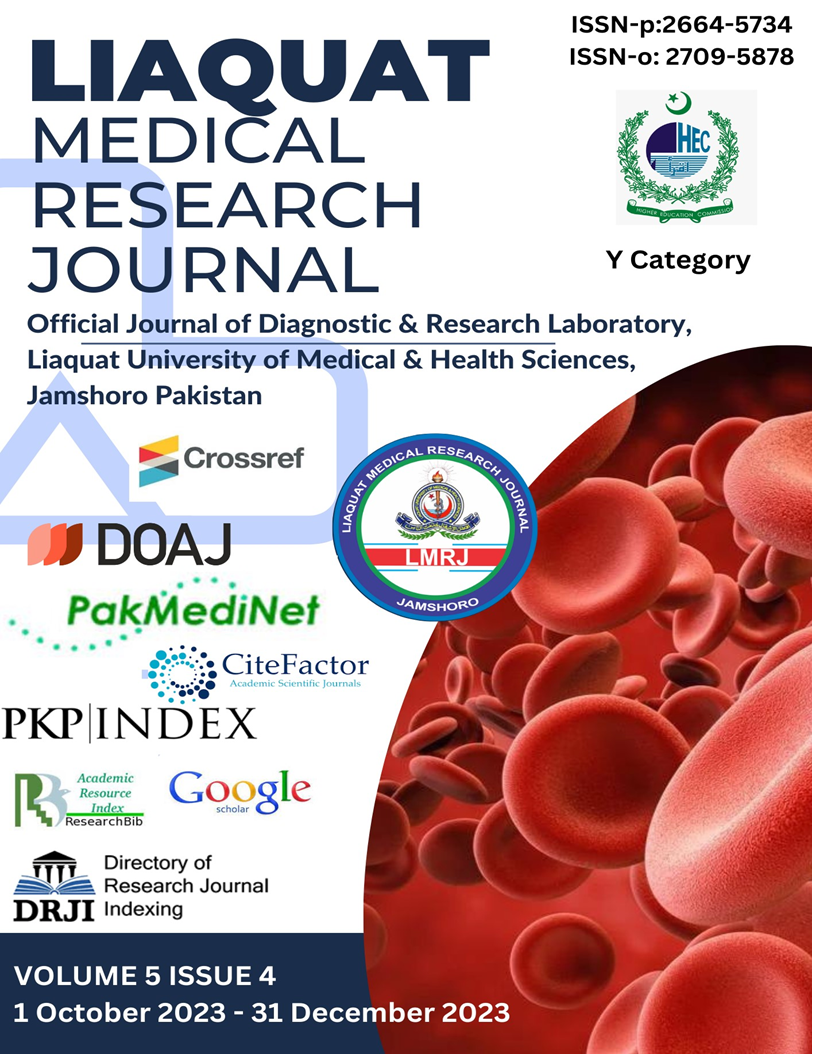Preparation and characterization of glutathione loaded polyvinyl alcohol electrospun nanofibers
DOI:
https://doi.org/10.38106/LMRJ.2023.5.4-04Keywords:
electrospinning, Poly (vinyl alcohol), Scanning Electron Microscopy (SEM), Fourier Transform Infrared Spectroscopy (FTIR), X-Ray Diffraction (XRD), Ultraviolet-Visible Spectroscopy (UV–Vis), oxygen-free radicals (OFR)Abstract
Reduced glutathione, or L-glutathione, is a tripeptide protein that occurs naturally in almost all cells of the human body. It is an antioxidant and plays a significant role in neutralizing oxidative stress. Oxidative stress is responsible for promoting many diseases and abnormalities in the body. This antioxidant decreases with time, and resulting in a number of disorders. To overcome these issues, experts recommend taking glutathione supplements. This study was aimed to design glutathione-loaded polyvinyl alcohol nanofibers, considering the properties of nanofibers that could be used as glutathione supplements to improve the deficiency of glutathione in the human body. With the electrospinning technique, poly (vinyl alcohol) loaded glutathione nanofibers were designed. The prepared nanofibers were characterized using Scanning Electron Microscopy (SEM), Fourier Transform Infrared Spectroscopy (FTIR), X-ray diffraction (XRD), and Ultraviolet-Visible Spectroscopy (UV–Vis) techniques. The antioxidant activity of the nanofibers was also determined; the activity indicated the eradication of free radicals.

Downloads
Published
How to Cite
Issue
Section
Categories
License
Copyright (c) 2024 Ghinva Shah, Heer Memon, Nisha Iqbal

This work is licensed under a Creative Commons Attribution-NonCommercial-NoDerivatives 4.0 International License.
Copyright: Open access journal copyright lies with authors and protected under CC BY-NC-ND 4.0 licence (https://creativecommons.org/licenses/by-nc-nd/4.0/).









